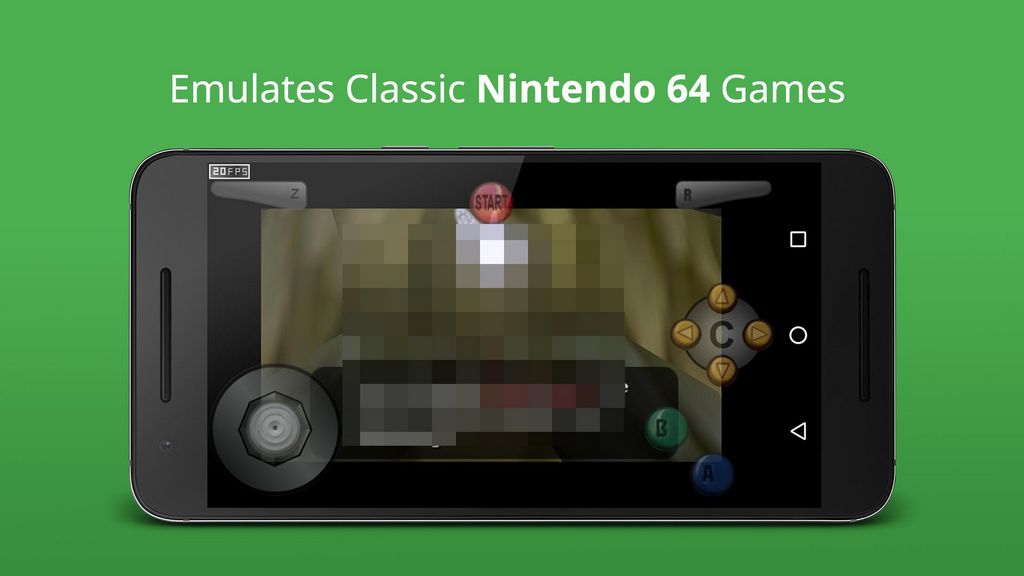It stands as a special and magnificent console even by today’s standards. Both from a technical as well as cultural perspective, it was simply stupendous. This post showcases the background of the Nintendo 64 along with explores it from a technological viewpoint. If you resemble me, you likely have warm memories of this console. If you want the technical little bits, skip in advance to the style.
To set the stage, the N64 was first launched in Japan in 1996. When you think of the 1990’s you might think about the pocket-sized Gameboy color with Pokmon Red and Blue. However in reality, the Gameboy color didn’t appear up until 1998, 2 years after the N64 appeared.
The Gameboy at the time was the remarkably huge and heavy, Gameboy. With a grayscale screen and filled with 4 AA batteries, it was a block of a gaming experience. The Gameboy pocket (a slightly smaller sized variation of the successful gameboy) had appeared in some markets, yet really did not see the same extensive schedule as the original Gameboy.read about it roms-download.com from Our Articles
This is to show the large craziness that the Nintendo 64 represented, particularly in the sub $300 price factor. The concept of a 64 bit console with 3D graphics just under six years after the 16 little bit SNES appears practical in knowledge however ridiculous at the time.
Let’s dive into the systems of itself. It has a few peculiarities. You’ve possibly observed the rickety shape of the controller(and likely if you’re reading this, you utilized it). It often felt that you needed three hands to truly properly make use of the all the switches.
You’ll observe it has an analog stick. This was the initial business video game with an analog stick as its primary input device. The D-Pad had actually been the defacto requirement for years and Nintendo directly had a lot of great innovation and experience with making 8-way D-Pads.
An enjoyable story from one LucasArts programmer is that just specific members of the development group were enabled to understand what the controller looked like. So they had to be kept in a card box with holes cut in so you could get to within and take care of the controller. The usual joke on the developer team is that the controller was a bowl of telepathic water you stuck your hand right into, however of course, you needed to assume in Japanese.
Along with the trident like shape, the control stick carried its face sharp, increased round ridges that if played also hard, might leave marks on your thumb or hand. We’ll talk about the industrial layout and reasoning behind the controller later once we begin going over the technical design of the console itself. Let’s discuss the history of Nintendo as it helps understand a lot of their choices. This section will certainly be pretty fast.
Nintendo was founded in 1889 as a Hanafuda (花札) manufacture. Hanafuda are a kind of playing card. After Japan closed all contact with the western globe in 1633, the Government outlawed the playing cards that had been introduced by the Portuguese in the mid 16th century. It was a 48 card deck with four collections and looked rather comparable to the 52 card deck we have today. In action to the ban, cards became disguised, frequently with blossoms.
As the Government caught on, they started to forbid the new forms of the having fun cards. Card produces responded by further obfuscating the cards, become an increasing number of elaborate as time took place. As a matter of fact, to this date, Nintendo still produces Hanafuda cards themed with different video game IP that they have. The factor of this introduction is that Nintendo has a background of being an underdog, taking their time, and being really protective/secretive concerning what they do.
The transforming factor for Nintendo was available in 1956 when they checked out the United States. The globe’s largest manufacture of playing cards at the time was headquartered there. The existing CEO (Yamauchi) was shocked to find the biggest firm in their industry headquartered in a small drab office over a corner store. When your biggest rival in your well established market remains in a small workplace, it is a good wakeup call that it may be time to increase to various other markets.
In between 1963 and 1968, they tried out. Taxi’s, hotels, instant noodles, and hoover were among some of the items they tried. However, in spite of their initiatives they found they were just good at making toys. The 1964 Olympics were in Tokyo, offered a much needed financial boom. The market for playthings was limited, competitive, and reduced margin. Electronic toys had higher margins and less competitors. Nintendo had a practice of employing gifted electric designers to run their setting up and assembly line and those designers had a habit of developing creative remedies for problems on the line.
One specific engineer created a robot arm as a kind of toy. It was a creative layout that took advantage of what got on hand. Hiroshi Yamauchi, the CEO of Nintendo, came through the manufacturing facility in 1966 and saw the plaything of what it was. They asked him to design it completely, which ended up being the Ultra Hand and was a massive success. The engineer, Gunpei Yokoi, went on to make the Video game & Watch Collection and oversee Donkey Kong, Mario Bros, Metroid, the Online Boy, to name a few. It was Yokoi who claimed:
The Nintendo way of adjusting modern technology is not to look for the state of the art however to make use of fully grown modern technology that can be mass-produced inexpensively.
Another among their first real hits was the Nintendo Beam Gun, a duck search like video game. Remember, Pong had not been even on the marketplace yet. Nintendo bought up old bowling lanes and made interior capturing galleries with their light guns. This showed to be costly to preserve as it required area and team so they made a decision to concentrate on home consoles and galleries instead of running their own spaces. The preferred Mr. Video game & Watch was launched in 1981.
The video game market in the USA crashed in 1983. While the exact cause is rather of an enigma, Nintendo mostly attributed it to an expansion of sub-par top quality games that eroded customer trust fund. Settlements with Atari to redistribute their home console, the Famicon (or the NES as it would certainly later on be known) had actually crumbled, Nintendo had not been a gamer in the US market. This left simply Sega (another Japanese firm) and Nintendo as big gamers in the computer game market. Nintendo determined they would not duplicate the error of Atari and other United States based business and focus on each game they released having a seal of quality and approximately their demanding standards. This fad continued up until the later years of the Nintendo switch, where bench for entrance was reduced rather.
The Nintendo 64
Now let’s take concerning the N64 itself. One noteworthy function regarding it is that the N64 was going to have a disk drive accessory (known as the N64DD). The job was drawn back in the SNES days as Nintendo partnered with another business to establish the disk drive, Sony. Relatively late in the task, Nintendo pulled out for unidentified reasons. Sony, understandably huffed, made a decision to continue the task on their own, eventually producing the PlayStation. Nintendo also intended to call it the Ultra 64, which you may see in chip names (NUS or Nintendo Ultra Sixty-four). Konami owned the copy right of several ultra-like video games (Ultra Football, Ultra Tennis, and so on). Analyzing the implications, they rebranded to N64.
Leading up the release of the N64, Nintendo actually went on the buzz circuit. At the time, a firm referred to as Silicon Graphics Inc (SGI), was referred to as a visual technical giant. For eight years (1995-2002) all the films chosen for an academy honor for visual impacts had their results produced on SGI systems. You might think of them as the NVIDIA of their day.
A SGI Onyx system, utilized for N64 growth, retailed for around $100,000-250,000 in very early 1995
When Nintendo was marketing what the full power of the an SGI system in a home console type variable with a home console cost. This wasn’t assisted by the reality that the demos that Nintendo displayed were provided on the incredibly pricey Onyx server-class systems. We’ve obtained used to amazing amounts of calculating power being crammed right into every smaller spaces thanks to mobile phones and the cloud, but to place it in viewpoint, this would certainly resemble Microsoft hinting that the next Xbox would certainly have the same power as a whole Azure rack.
The Onyx systems imagined over were actually often what was used for N64 advancement. In fact, one video game workshop told an instead funny tale a few years later on at a gaming convention regarding getting a telephone call from the FBI asking why they were acquiring numerous army course super computer systems. Usually, this system would certainly be utilized for establishing 3d designs, re-topologizing them, constructing the code, and due to the fact that the style was similar sufficient, also run N64 simulations.
 Nintendo 64: Architecture and Background |


